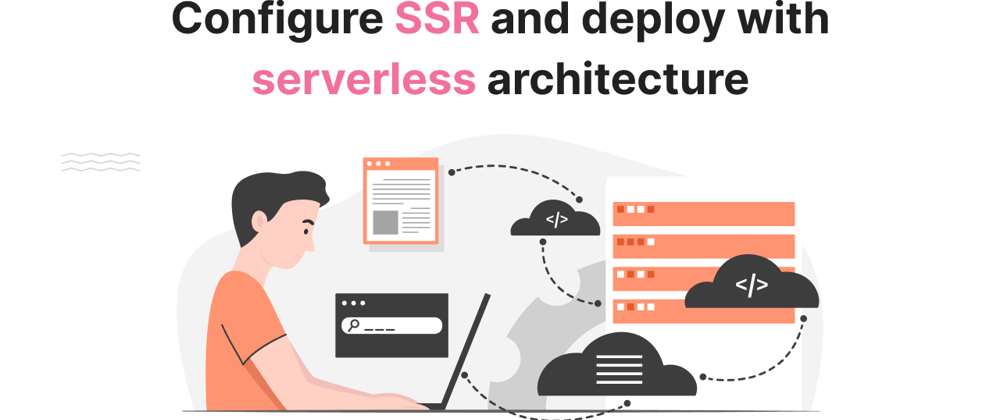Serverless: In a serverless architecture, developers write and deploy code in the form of functions or services without the need to manage servers or worry about infrastructure scaling.
Server-Side Rendering (SSR): It is a technique used in web development to render web pages on the server and then send the fully rendered HTML to the client(browser).
Using Nuxt3 for SSR with a serverless architecture combines the benefits of a powerful SSR framework with the ease of serverless deployment.
Table of Contents
- Why SSR(Server-Side-Rendering)?
- Why a serverless approach?
- Prerequisites
- Nitro Overview
- AWS Lambda Configuration using Nitro
- Add your code to s3
- Create Cloudformation stack using AWS CLI
- Create AWS Lambda Execution Role
- Create AWS Lambda function using Cloudformation
- Create API Gateway resource using Cloudformation
- Create API Gateway method, resource, and proxy using Cloudformation
- Lambda permission
- Configure custom domain to access API Gateways using Cloudformation
- Sitemap
- Conclusion
Why Serverless Approach?
The serverless approach offers a more efficient and scalable way to develop and deploy applications.
It eliminates the need to manage server infrastructure, allowing developers to focus solely on writing code.
Serverless also brings cost advantages by charging only for actual usage, making it an attractive option for businesses looking to optimize resources and deliver applications with greater agility.
By optimizing performance and scalability, you're not just creating a website; you're crafting a digital experience that's fast, reliable, and ready for the future.
So why wait?
Take your Nuxt3 project to the next level with SSR and Serverless, and watch your website thrive.
For more in-depth insights and step-by-step guidance on this exciting journey, visit to Canopas Blog.
Follow Canopas for our latest technical blog posts!







Top comments (0)